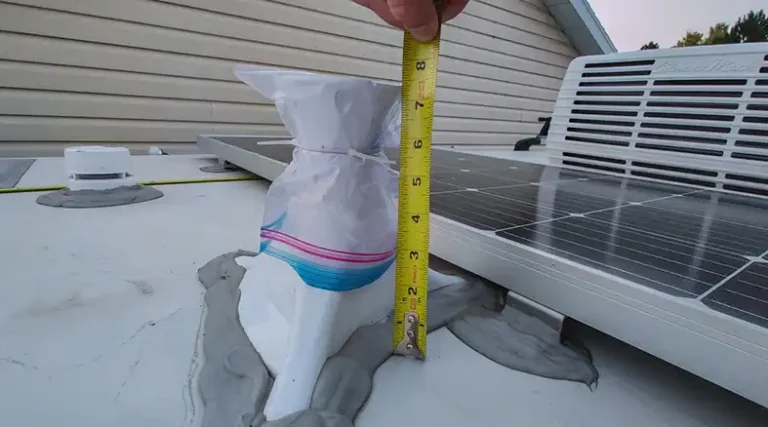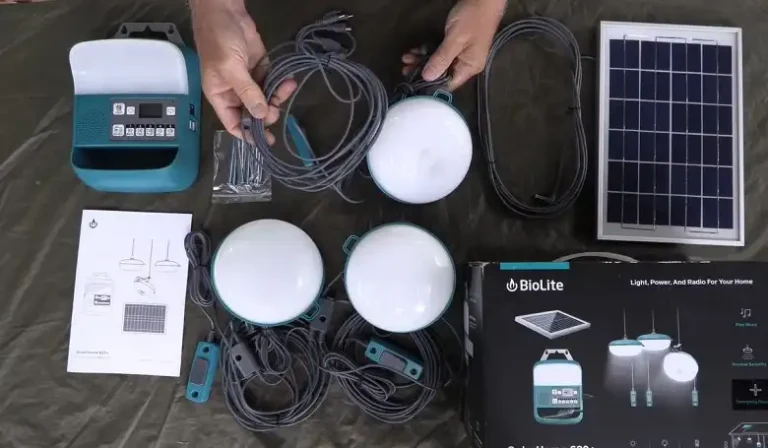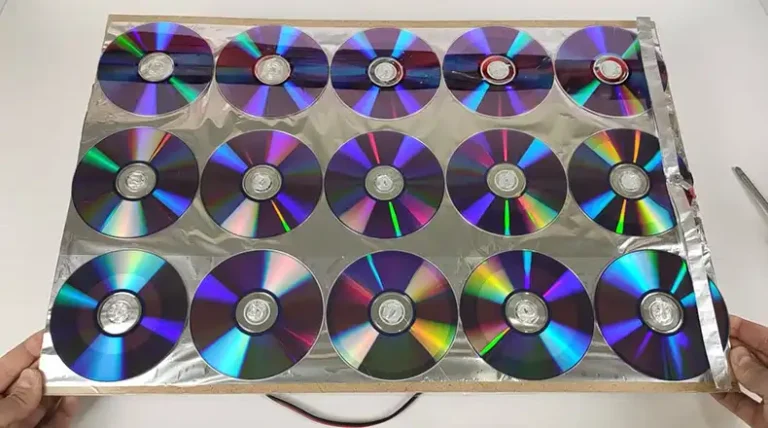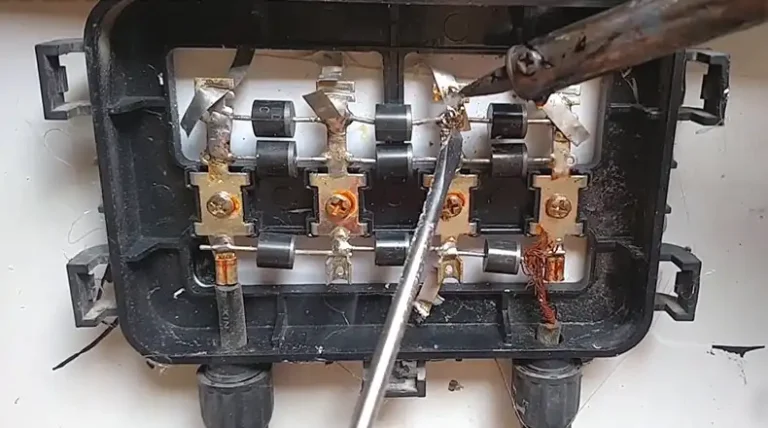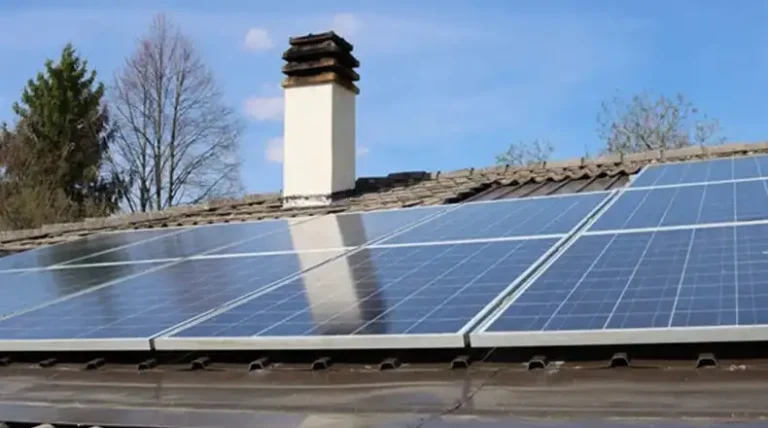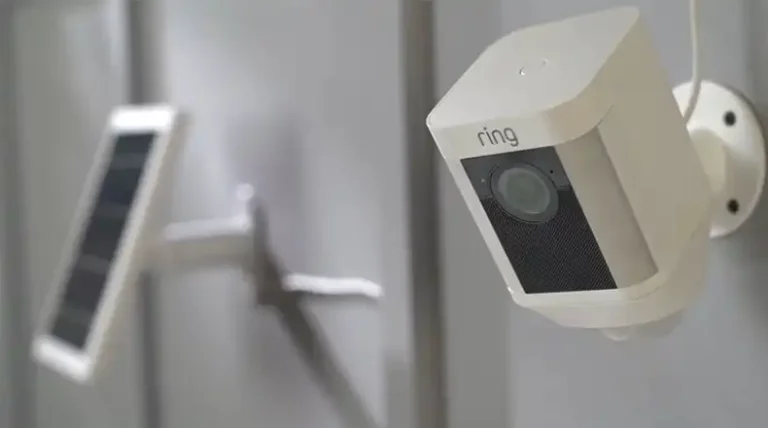How Many Solar Panels Do I Need For A Pool Pump?
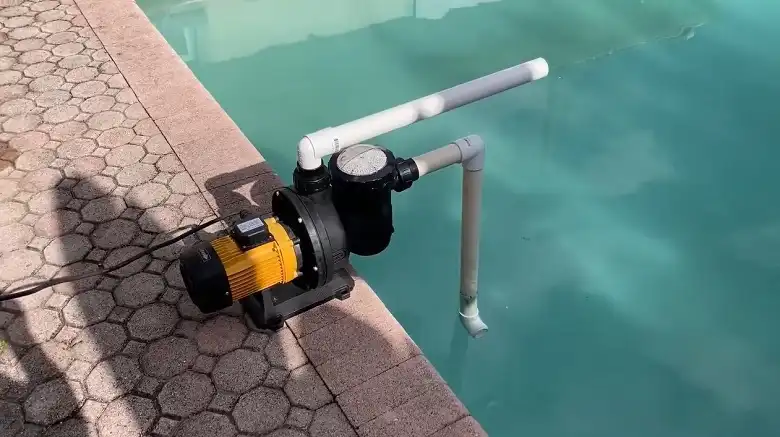
Are you tired of sky-high electricity bills from running your pool pump? Solar power could be the solution you’re looking for.
But before you dive in, you need to know: how many solar panels do you actually need to keep your pool pump running smoothly?
While the exact number can vary based on factors like your pump’s power consumption and local sun conditions, a general estimate is that you’ll need about 5-7 solar panels rated at 300 watts each to power a typical 1-1.5 horsepower pool pump running 8-12 hours per day.
However, to get the most accurate sizing for your specific situation, you’ll need to do some calculations based on your pump’s energy needs and your location’s solar potential.
In this article, we’ll walk you through the process of determining how many solar panels you need for your pool pump, step by step.
We’ll cover everything from calculating your pump’s energy consumption to factoring in local sun hours and system inefficiencies.
By the end, you’ll have a clear understanding of what it takes to go solar with your pool pump and be ready to make an informed decision about whether it’s the right choice for you.
Understanding Your Pool Pump’s Energy Needs
Before we can determine how many solar panels you need, we first need to calculate your pool pump’s energy consumption. This involves a few key steps:
Calculating Pool Pump Wattage:
If your pump’s power is given in horsepower (HP), you’ll need to convert it to watts. The formula is simple:
Wattage = Horsepower × 745.7
For example, a 1.5 HP pump would use about 1,118.55 watts (1.5 × 745.7).
Determining Daily Run Time:
The duration your pump needs to run each day depends on your pool’s volume and the pump’s flow rate. A general rule of thumb is to circulate your entire pool volume once per day. Let’s say your pool holds 20,000 gallons and your pump can move 50 gallons per minute:
Run time = Pool volume / (Pump flow rate × 60 minutes) Run time = 20,000 / (50 × 60) = 6.67 hours
Calculating Daily Energy Consumption
Now, multiply the wattage by the daily run time:
Daily energy consumption = Wattage × Run time (hours) Daily energy consumption = 1,118.55 × 6.67 = 7,460.73 watt-hours or 7.46 kWh
This figure represents the amount of energy your solar system needs to produce each day to power your pool pump.
Factors Affecting Solar Panel Requirements
Several factors influence how many solar panels you’ll need:
Peak Sun Hours
This refers to the number of hours per day when solar irradiance reaches 1,000 watts per square meter. It varies by location and season. For example, Los Angeles averages about 6 peak sun hours per day annually.
Solar Panel Wattage Options
Solar panels come in various wattages, typically ranging from 250 to 400 watts. Higher wattage panels are more efficient but also more expensive.
System Losses And Inefficiencies
No solar system is 100% efficient. Factors like wiring losses, inverter efficiency, and panel temperature can reduce overall system output. It’s common to factor in about 14% for these losses.
Calculating the Number of Solar Panels Needed
Now let’s put it all together:
Determine Theoretical System Size:
Divide your daily energy needs by the peak sun hours:
System size = Daily energy consumption / Peak sun hours System size = 7.46 kWh / 6 hours = 1.24 kW
Account For Losses:
Increase the system size by 14% to account for inefficiencies:
Adjusted system size = 1.24 kW × 1.14 = 1.41 kW
Convert To Number Of Panels:
If we’re using 300-watt panels:
Number of panels = Adjusted system size / Panel wattage Number of panels = 1,410 watts / 300 watts = 4.7
Rounding up, you’d need 5 panels of 300 watts each to power your pool pump.
Keep in mind that this is a simplified calculation. In practice, you might want to add an extra panel or two to ensure you have enough power on cloudy days or to account for potential future increases in energy needs.
It’s also worth noting that while this calculation gives you a good starting point, consulting with a solar professional can help ensure you get the most accurate system design for your specific situation.
They can take into account factors like your roof’s orientation, shading, and local regulations that might affect your solar setup.
Battery Storage Considerations
While it’s possible to run your pool pump directly from solar panels during sunny hours, incorporating battery storage offers several advantages:
Reasons To Include Batteries:
- Enables pump operation during cloudy periods or at night
- Provides a more consistent power supply
- Allows for energy storage on particularly sunny days
Calculating Battery Capacity Needs
To determine your battery needs, consider how long you want to run the pump without solar input:
Battery capacity (Wh) = Daily energy consumption × Days of autonomy
For example, if you want one day of autonomy:
Battery capacity = 7.46 kWh × 1 = 7.46 kWh
Remember to factor in depth of discharge (DoD) – most batteries shouldn’t be discharged below 50% to maintain longevity. So, you’d actually need a battery with double the calculated capacity:
Actual battery capacity = 7.46 kWh × 2 = 14.92 kWh
Additional Components Needed
A complete solar-powered pool pump system requires more than just panels and batteries:
Charge controller:
This device regulates the voltage and current coming from the solar panels to the battery, preventing overcharging.
Inverter:
Converts the DC power from the solar panels and batteries into AC power for your pool pump. Ensure it can handle the startup surge of your pump motor.
Mounting equipment:
Includes racks, bolts, and other hardware to securely attach the solar panels to your roof or ground mount.
Pros and Cons of Solar-Powered Pool Pumps
Benefits:
- Significant reduction in electricity bills
- Environmentally friendly
- Can increase home value
- Potential for off-grid operation
Drawbacks:
- High upfront costs
- Weather-dependent performance
- May require additional space for equipment
- Potential maintenance needs
Alternative Options
DC pool pumps:
These pumps run directly on DC power from solar panels, eliminating the need for an inverter. They’re often more efficient but may have limitations on power output.
Grid-tied systems:
Instead of a standalone system, you could install a larger grid-tied solar array that powers your entire home, including the pool pump. This approach often provides better overall economics.
Final Words
Powering your pool pump with solar energy can lead to significant long-term savings and reduce your carbon footprint. While the initial investment may seem substantial, many homeowners find that the benefits outweigh the costs over time.
To recap the key points:
- Calculate your pool pump’s daily energy needs
- Factor in your location’s peak sun hours
- Determine the number of solar panels required
- Consider adding battery storage for consistent operation
- Don’t forget essential components like charge controllers and inverters
Before making a final decision, it’s advisable to consult with a professional solar installer. They can provide a detailed assessment of your specific situation, including factors like local regulations, optimal panel placement, and system sizing.

